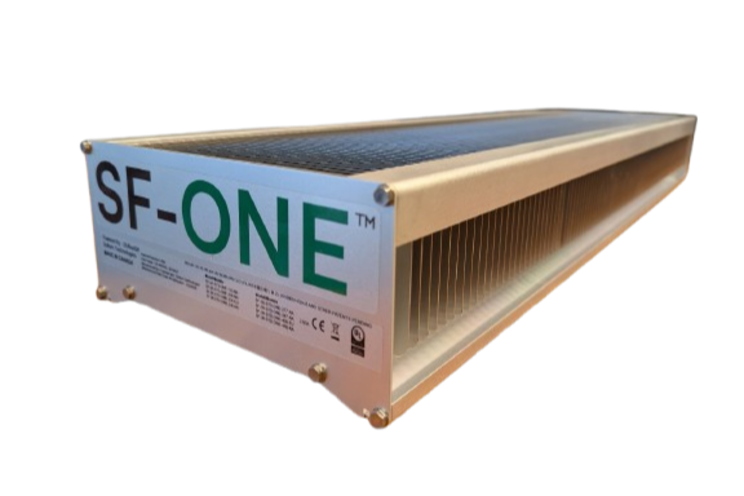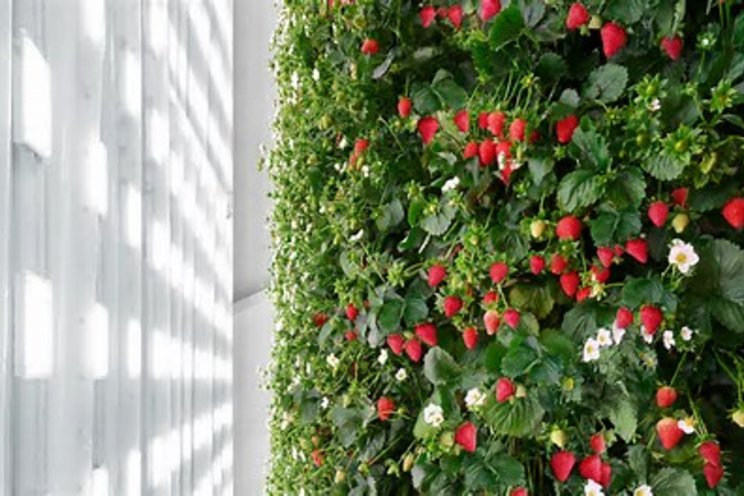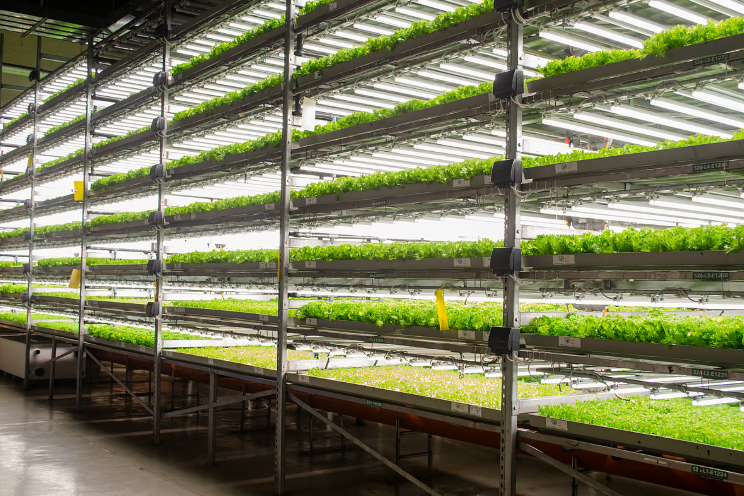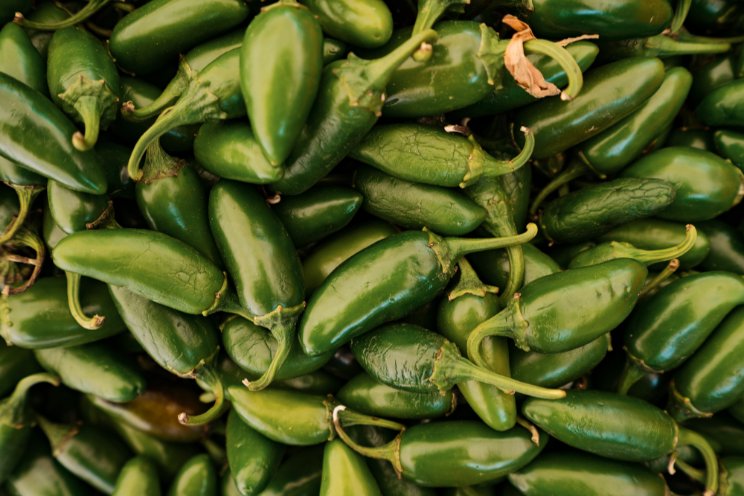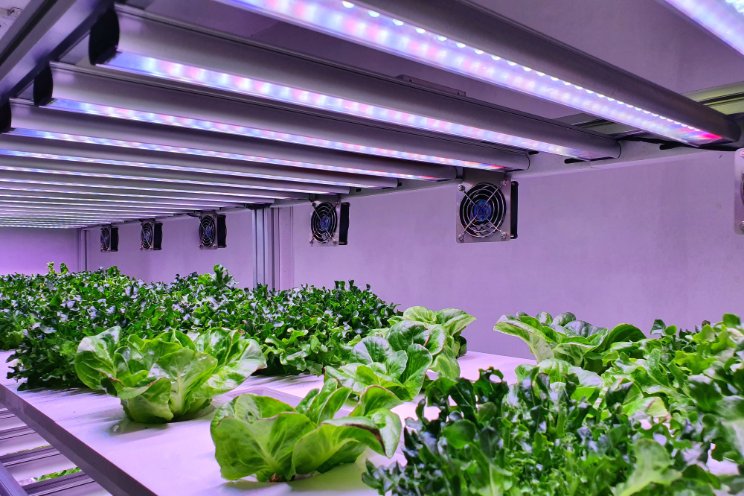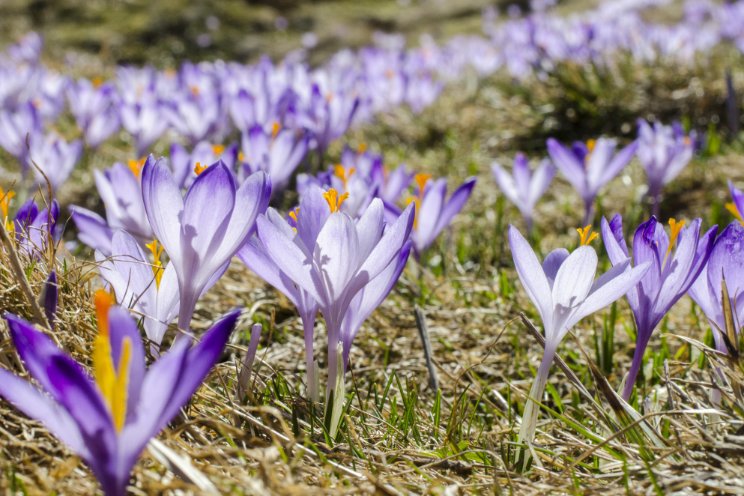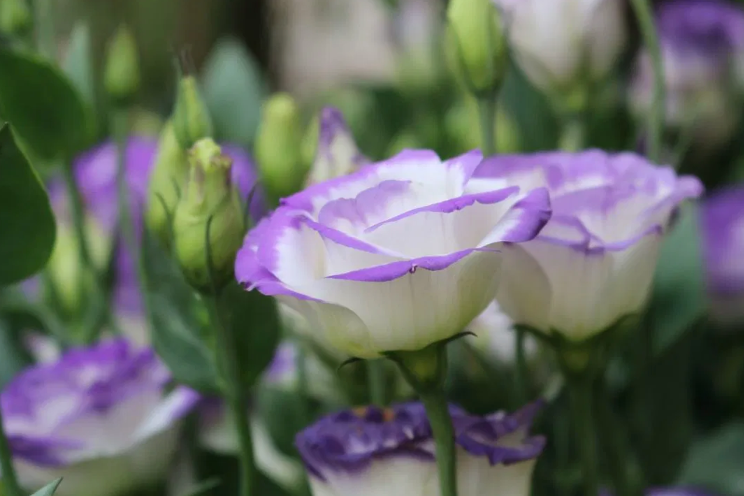Smart greenhouse with dynamic LED lighting
Added on 07 September 2023
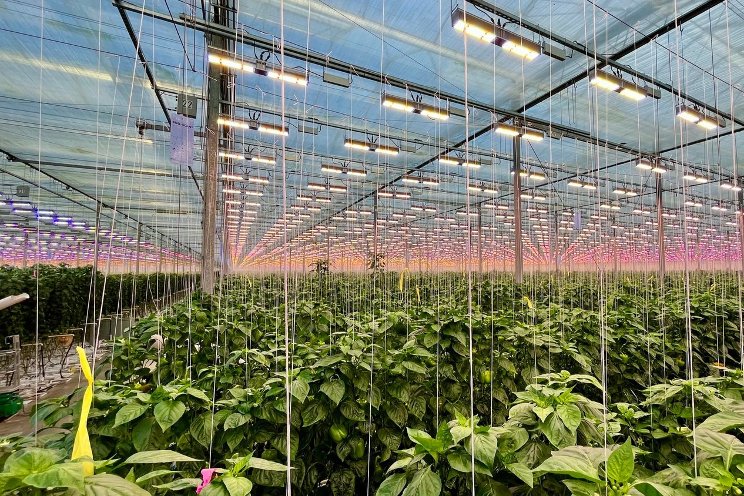
- Zoning - Growers are no longer limited by their electrical installations and can easily create zones based on cultivar, dedicate sections of a greenhouse to trials of new products, section of the greenhouse, etc.
-
Light spectrum - Rather than needing to choose a single spectrum upon purchase and keep it for the fixtures' lifespan, dynamic lighting allows producers to create an unlimited number of recipes, essentially changing the spectrum of any fixture at will.
-
Maximum fixture output - While your lighting system should be sized according to the darkest month of your lighting cycle (in the Northern Hemisphere, December-January), producers might not need to run at 100% intensity during the shoulder months. Adjusting the maximum output can lower light levels during the autumn and spring months.
-
Real-time response to natural light levels - Long gone are the days of the simple ON/OFF control. With real-time dimming based on natural light levels, growers can provide uniform lighting at the head of the crop throughout the entire photoperiod.
With the introduction of adaptable or dynamic LED technology, we can fine-tune the spectrum in ways we could never envision with HPS. Studies show that lighting for different lettuce cultivars enables the grower to improve outcomes for each crop. Understanding these dynamics and how to evaluate these new light solutions is important for greenhouse growers.
Why does it matter?

Source: Rose Drummond, Québec, gerberas that grew under Sollum's LED grow light solution.
Lighting conditions, such as the spectrum and intensity, play an important role in crop development by directly impacting photosynthesis. Light intensity determines the amount of light energy available for photosynthesis and, therefore, affects the rate of photosynthesis. If the light intensity is too low, photosynthesis will be limited, resulting in stunted growth and reduced fruit production. On the other hand, if the light intensity is too high, it can result in photodamage, reducing plant growth and productivity. Each species and cultivar have a light compensation point and a light saturation point. The compensation point is the minimum light intensity required for the plant to accumulate sugars and grow, while the saturation point is the light intensity beyond which more light does not increase photosynthesis. Further, lighting a crop beyond its saturation point can damage the plant.
Header Image courtesy of Sollum Technologies
More news
